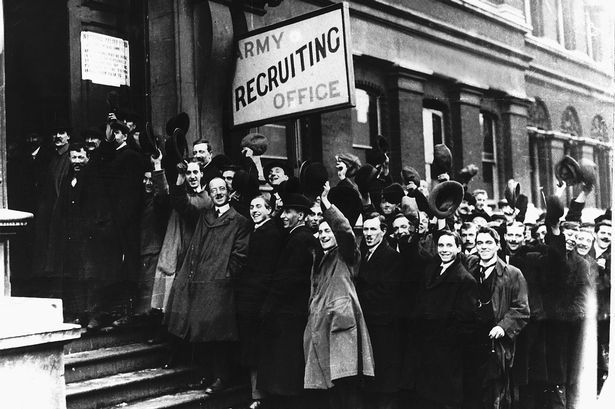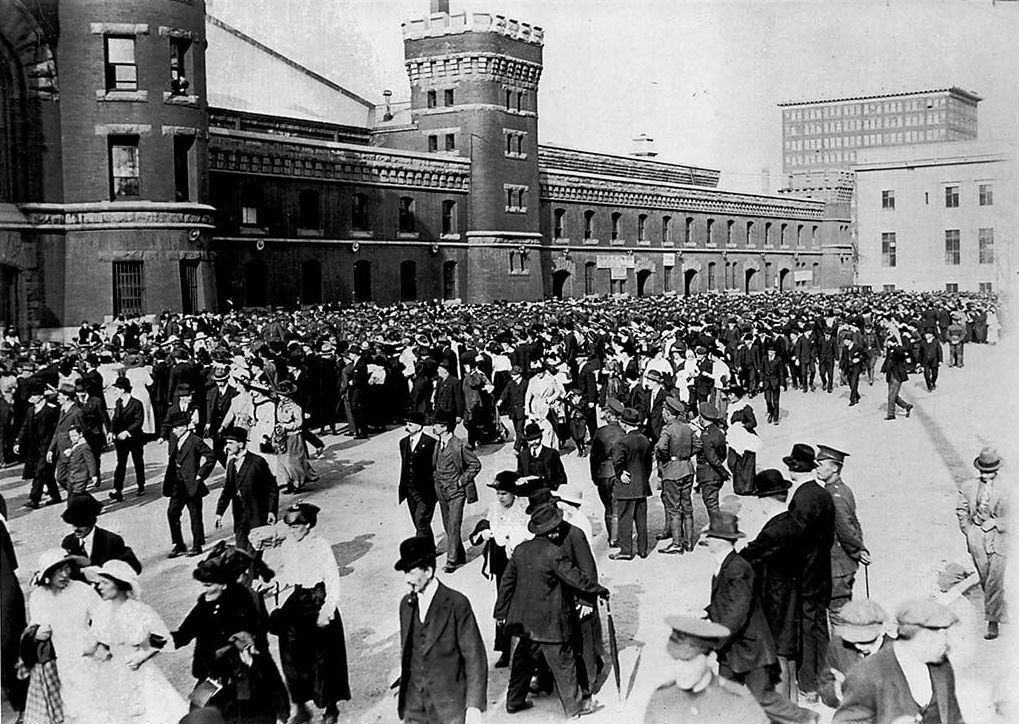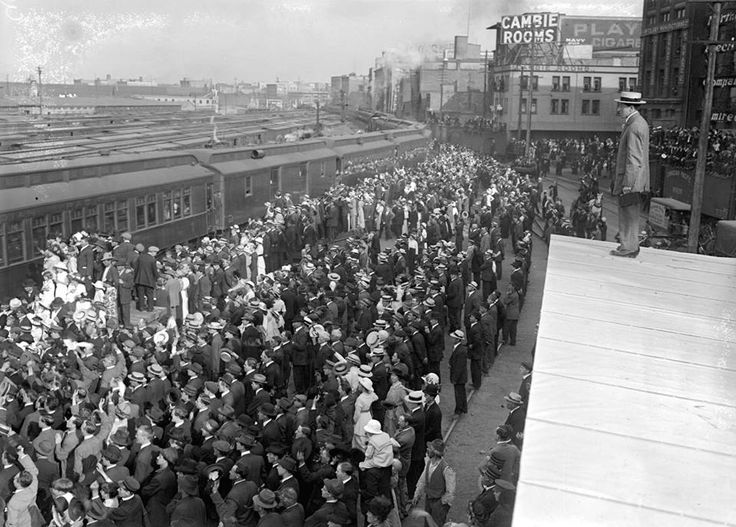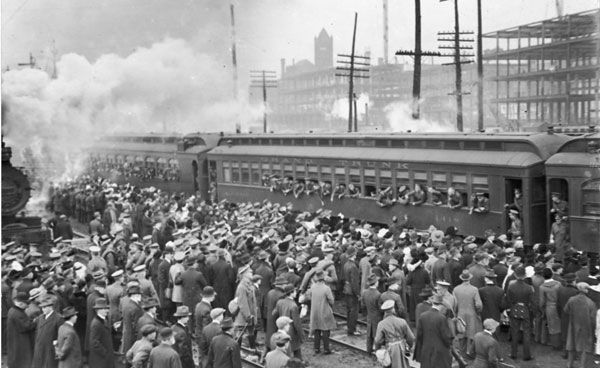Canada's Response
http://ww1.canada.com/home-front/the-valcartier-tour-de-forceAt the start of 1914, Canada had a permanent army of only 3,100 men, supported by a militia force 0f 74,600. When the the British government declared war on Germany on August 4th, Canada was automatically at war as well. Prime Minister Robert Borden gave the task of recruiting and mobilizing a 25,000 man military force to Sam Hughes, his Minister of Militia and Defence.
Headstrong and egotistical, Hughes ignored the already prepared mobilization plan and the existing structure of regiments. Instead, he created new numbered battalions, where he could appoint the officers. Hughes believed that the Canadian army should be a Britsh army at heart. He demanded that all training would be in English only and he excluded all French-Canadian regiments from the mobilization. Blacks and Asians were also rejected as volunteers.
On August 7, Hughes ordered the 226 militia units spread across the country to enlist 25,000 physically fit volunteers and to send them to the small Quebec village of Valcartier, even though no training camp existed there yet - only empty fields and forests.
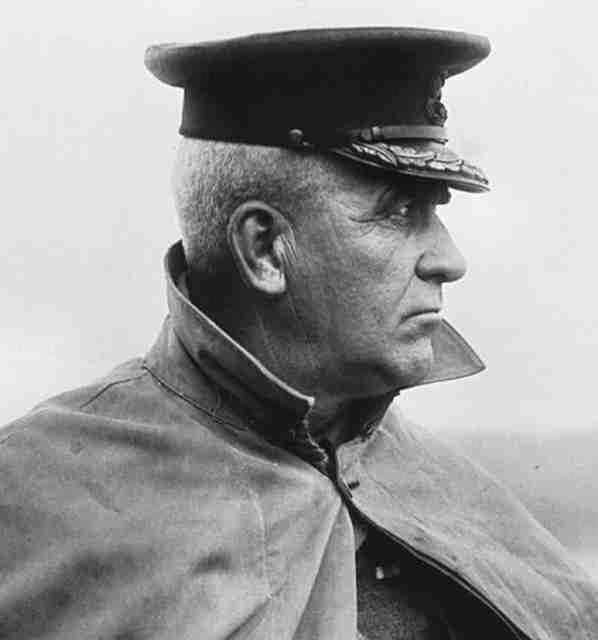
The training camp at Valcartier, Quebec, sprang up with incredible speed. Teams of local lumberjacks cleared land on the east bank of the river for a huge tent city, a massive parade ground and miles of rifle ranges. Six hundred workers built water lines and converted fallen timber into telephone poles, railway ties, and lumber for dozens of buildings and residences for Hughes and the camp’s officers. By the time the first volunteers arrived ten days later the Valcartier camp was like a small city in the wilderness.
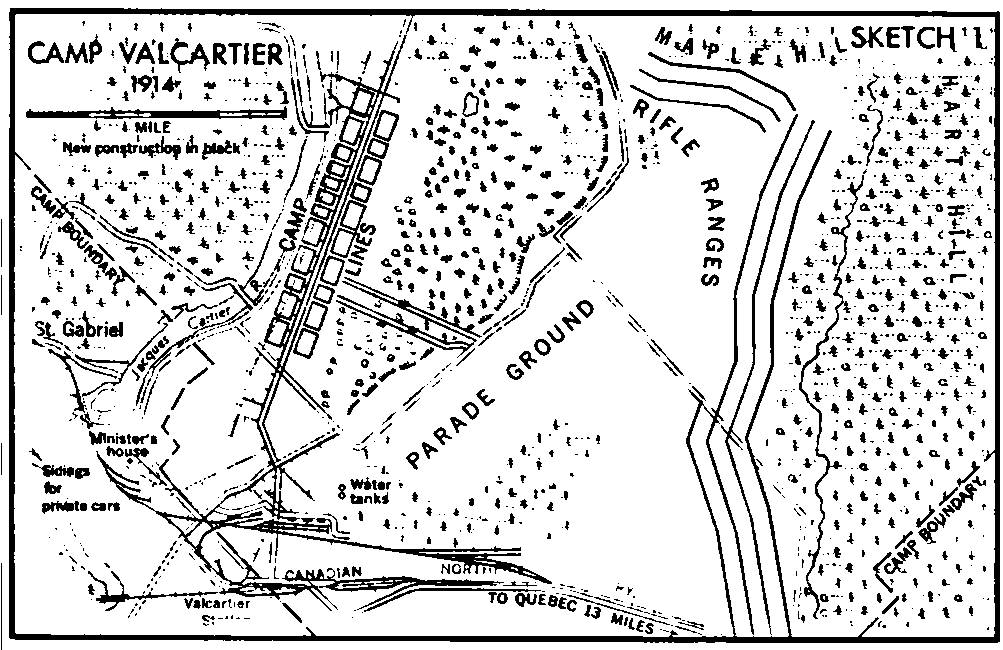
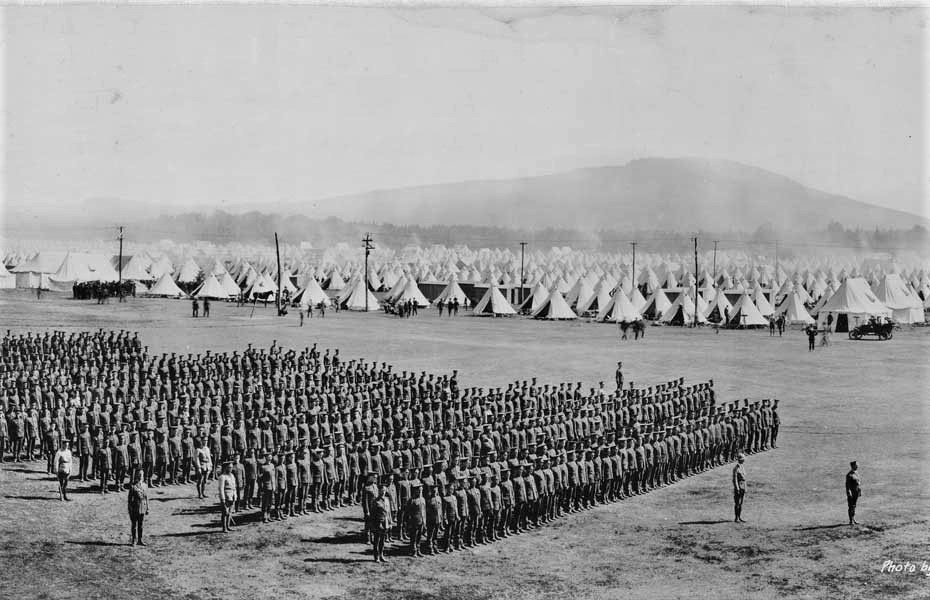
“By the 20th,” Hughes later wrote, “three-and-a-half miles of ranges were completed, and 1,500 targets were put in position. Army Service Corps and Ordnance buildings were constructed, railway sidings laid in, ground cleared, streets made, water chlorinated, electric light and telephones installed (and) 35,000 men got under canvas in less than three weeks from the acceptance of the call.” The first contingent of volunteers arrived in the camp in late August. By Sept. 8, when the last volunteers arrived, the camp housed 36,528 men.
On August 22 1914: The Canada Parliament passed the War Measures Act. This gave the Canadian government wide powers to prosecute the war, included media censorship, the right to detain and arrest Canadians without trial, and the right to confiscate any property needed for the war effort.
All through August men flocked to local armouries in every province and territory. Only males who were British citizens, of European origin, born before 1900 and over 5 feet 3 inches in height (160 cm) were accepted. Men signed out of loyalty to Britain, because of high unemployment in industries and poor harvests on the farms, or because they didn't want to miss the adventure - everyone expected that the war would be over by Christmas.
